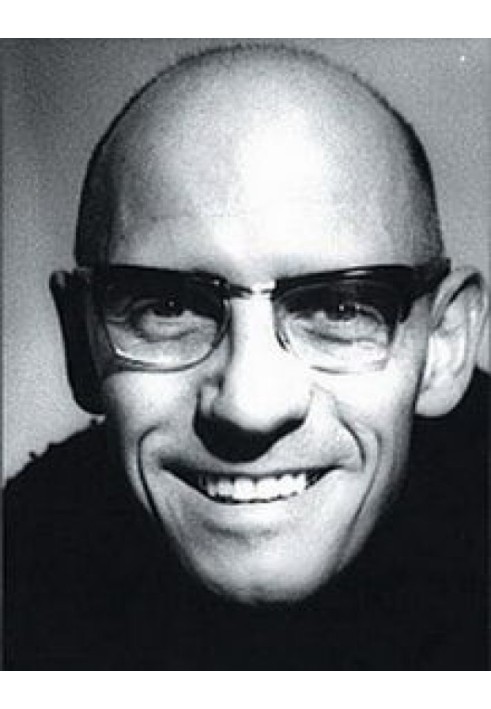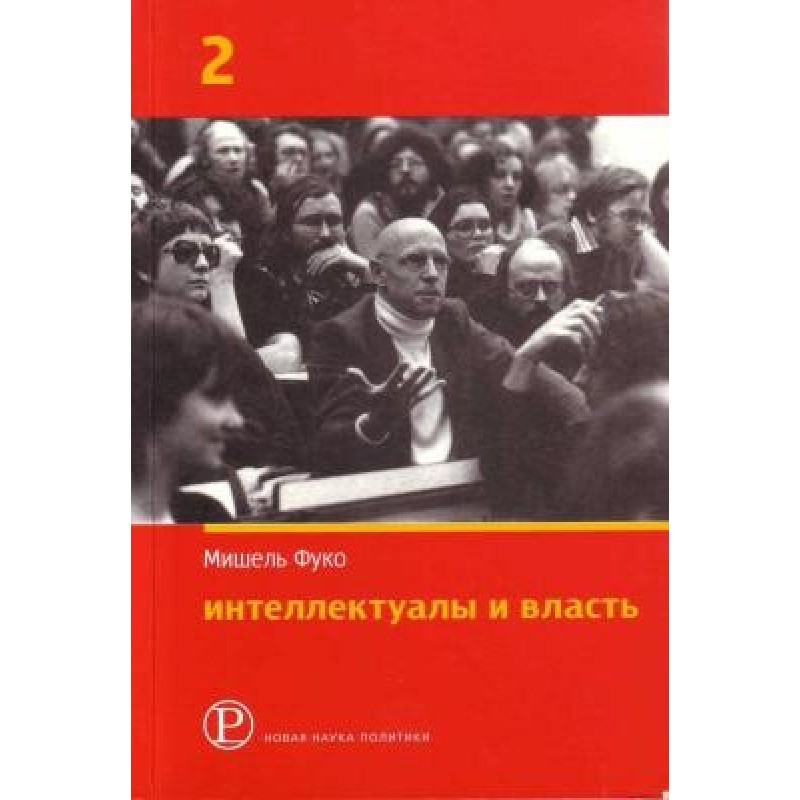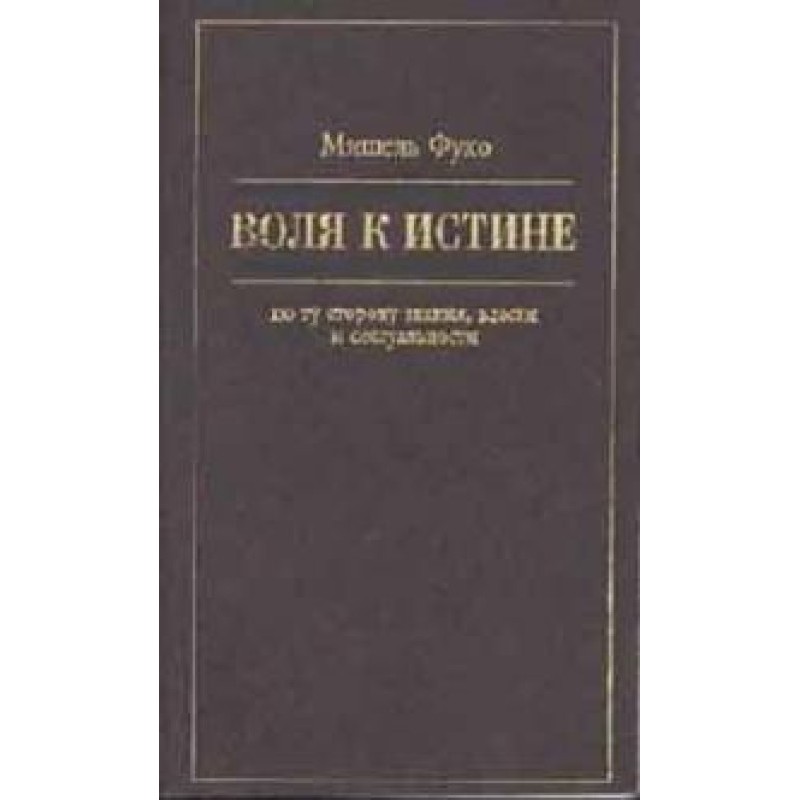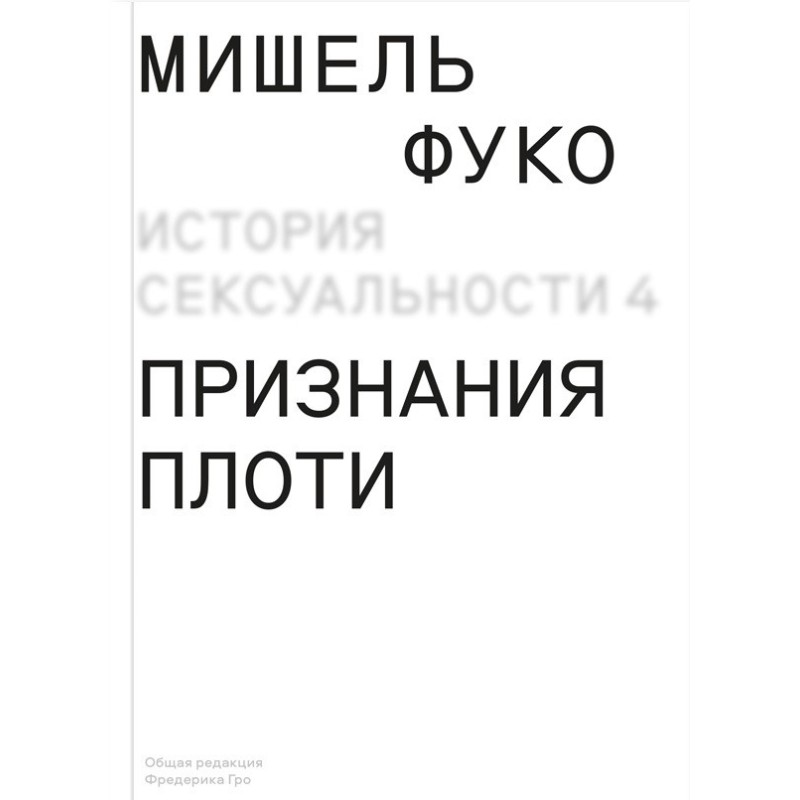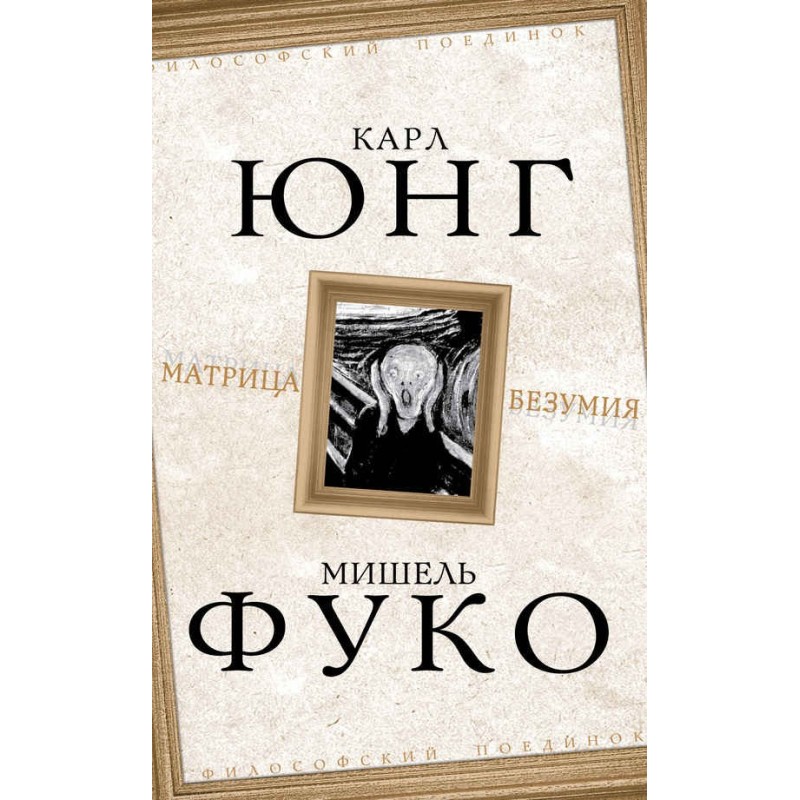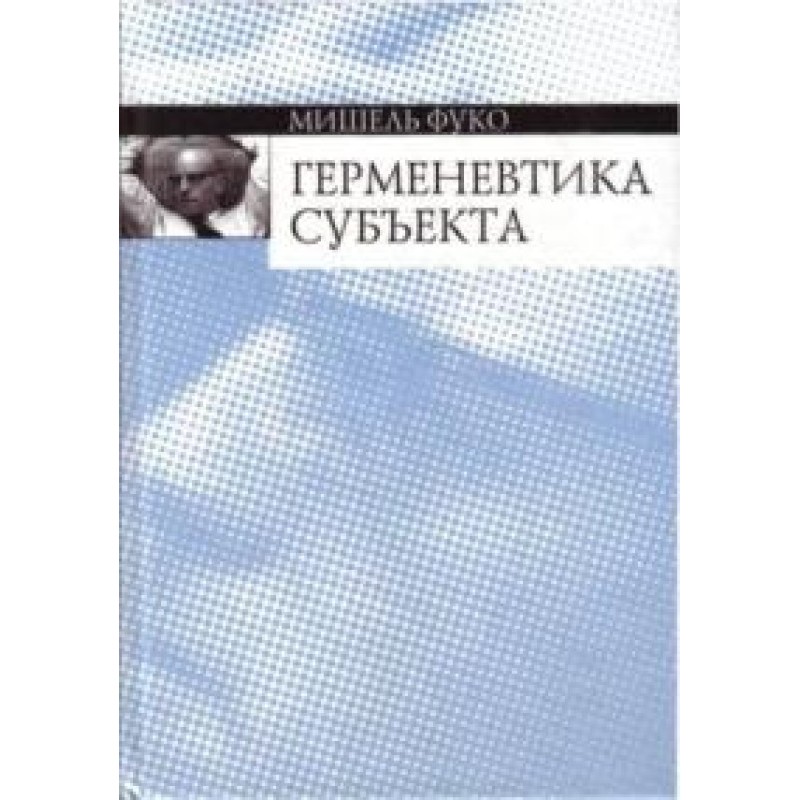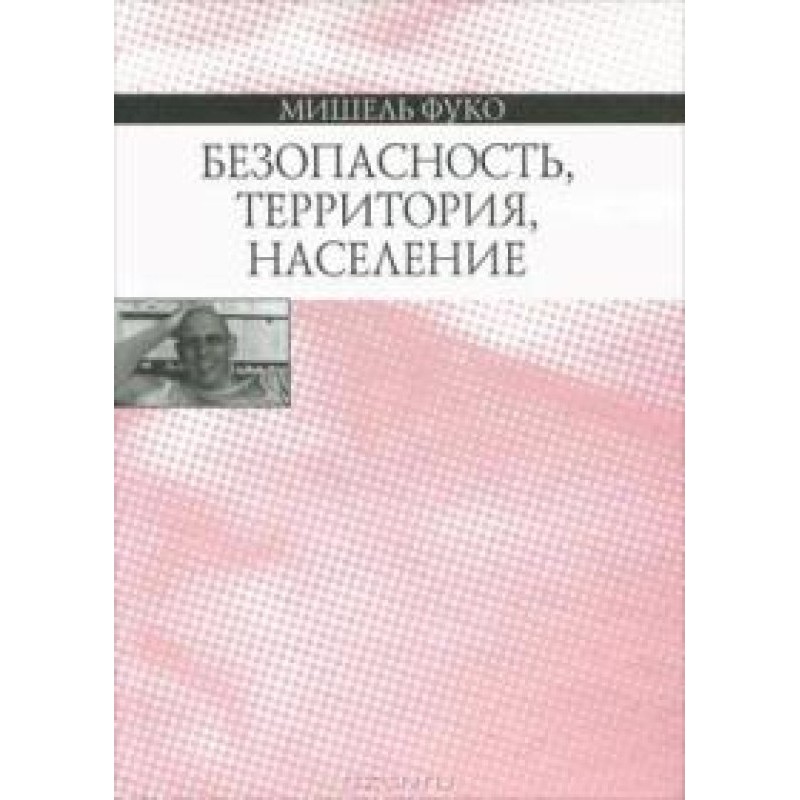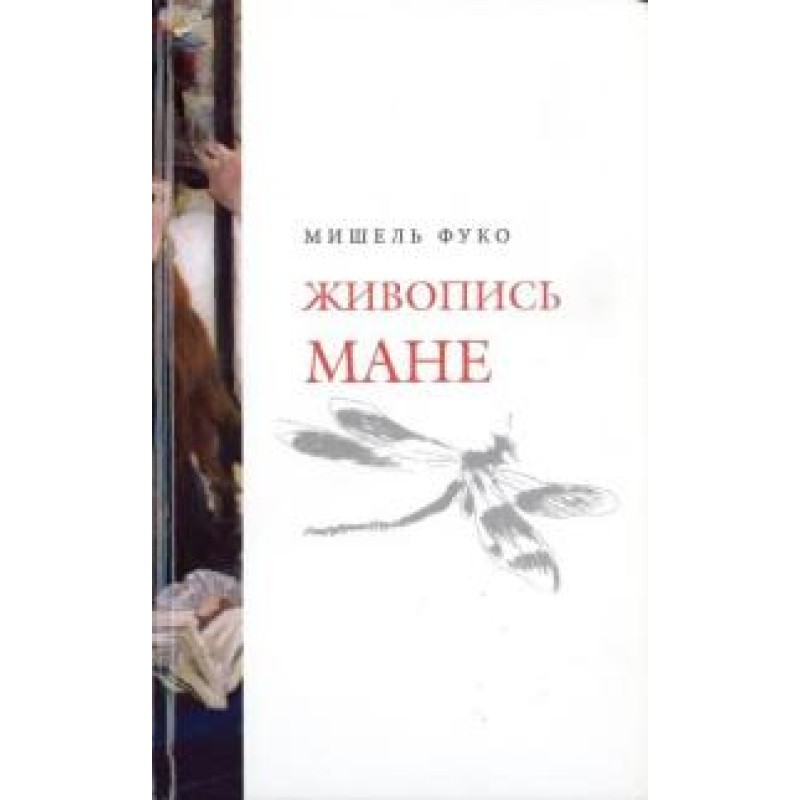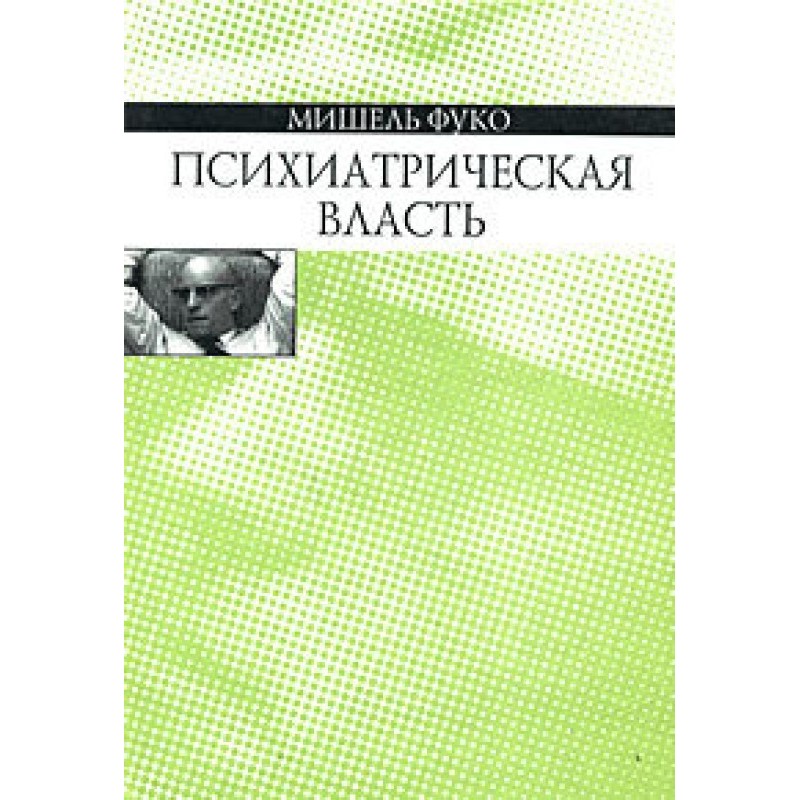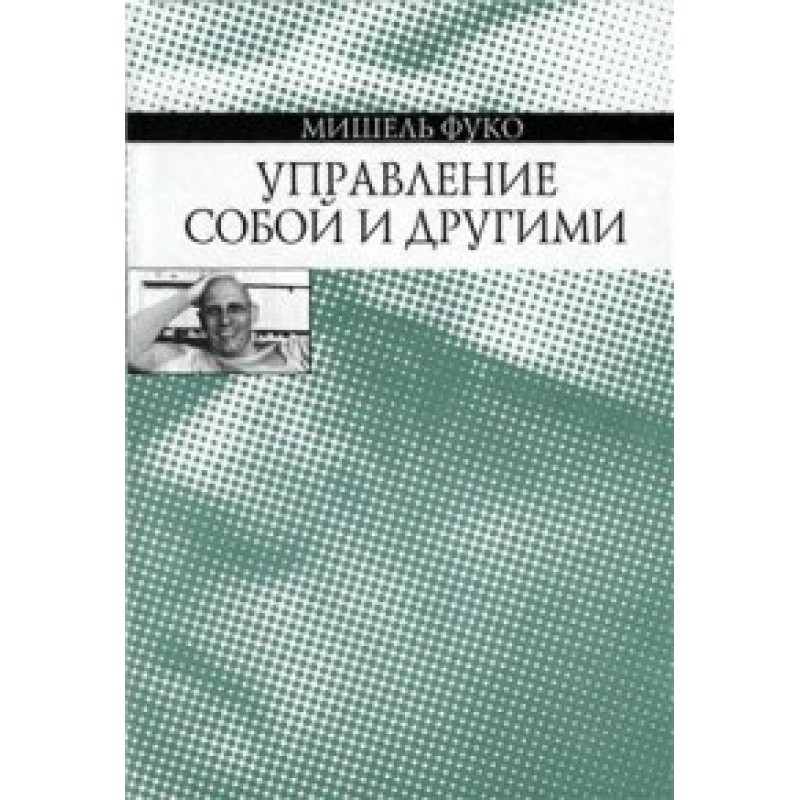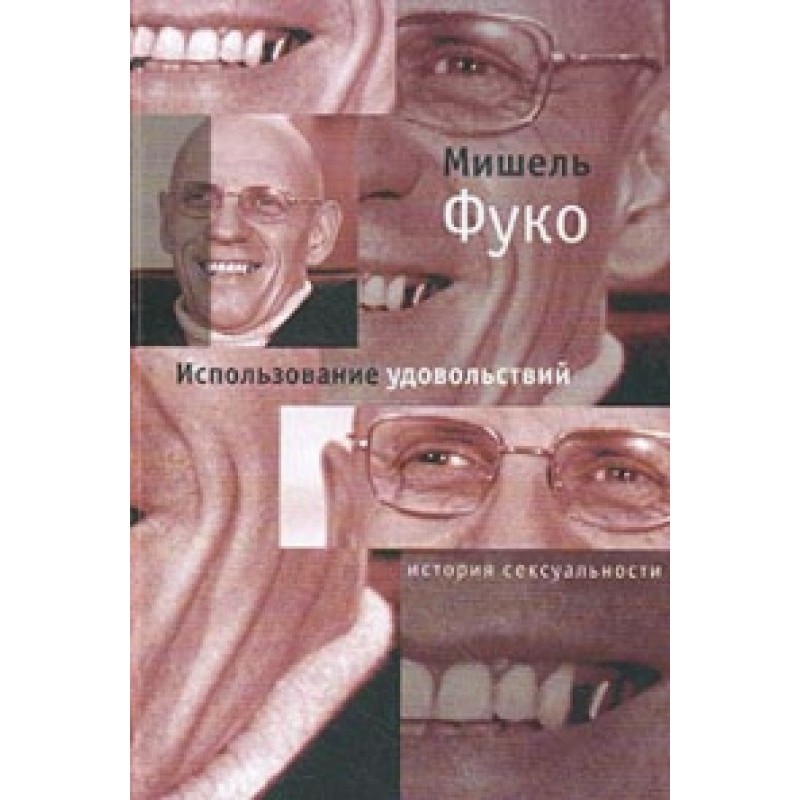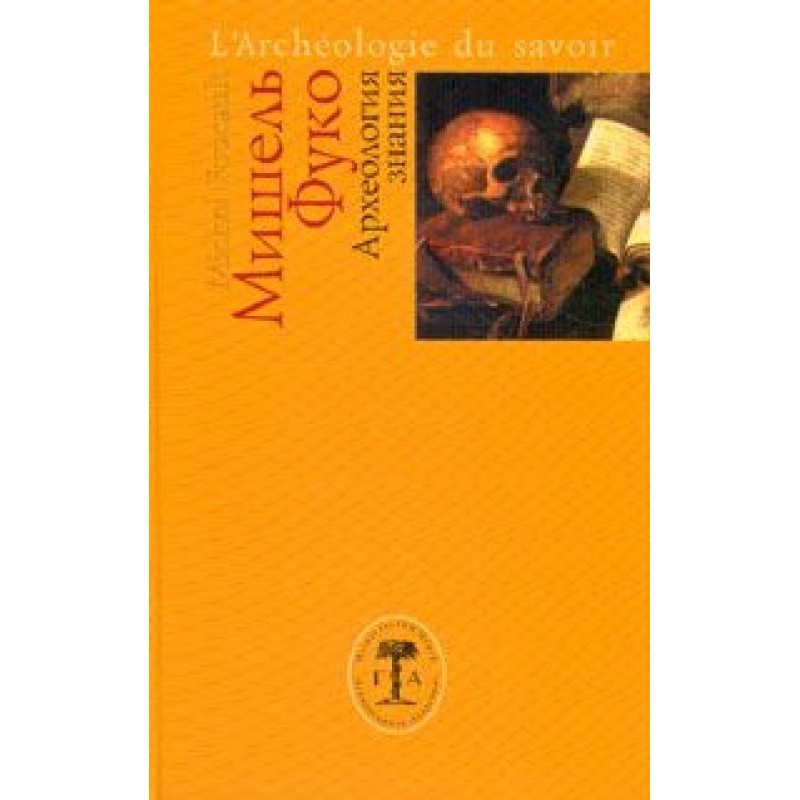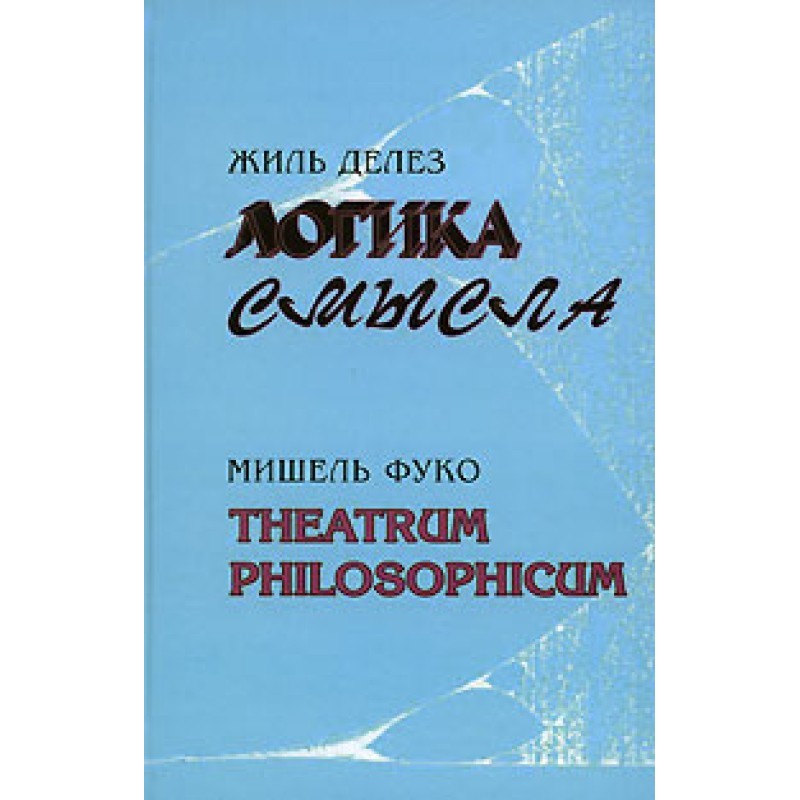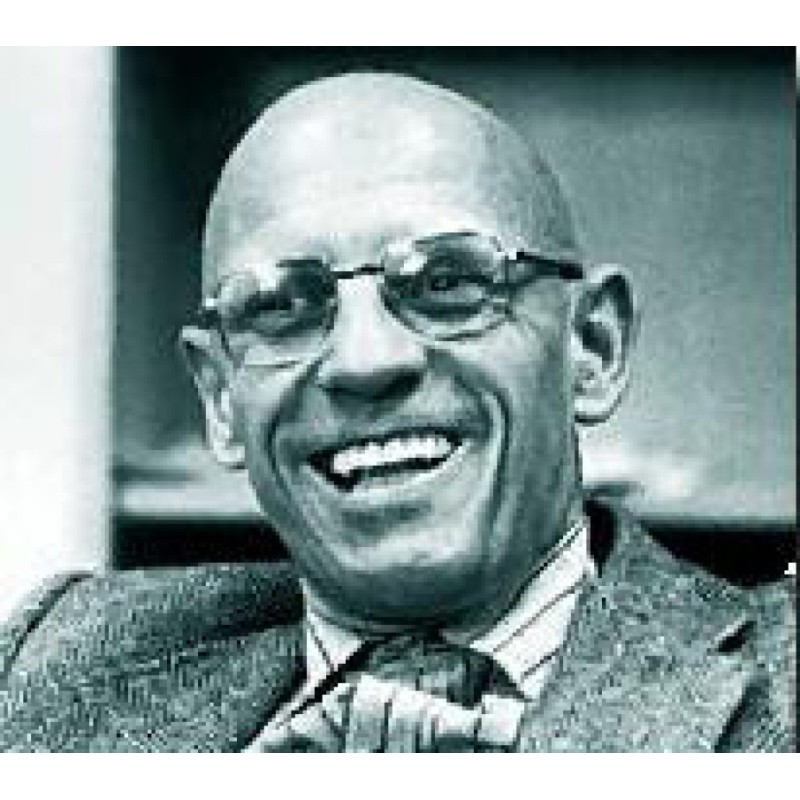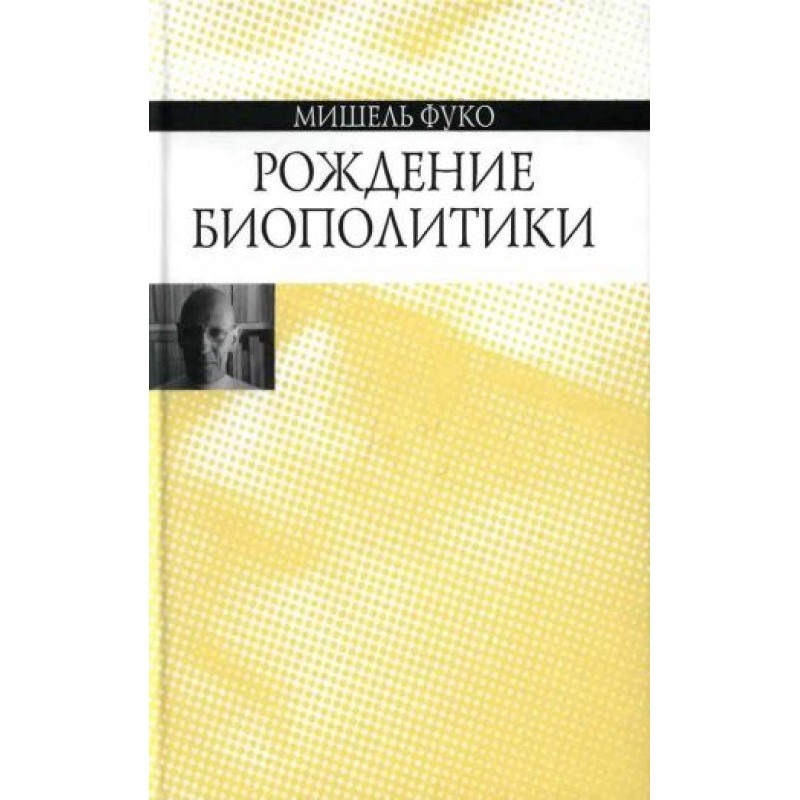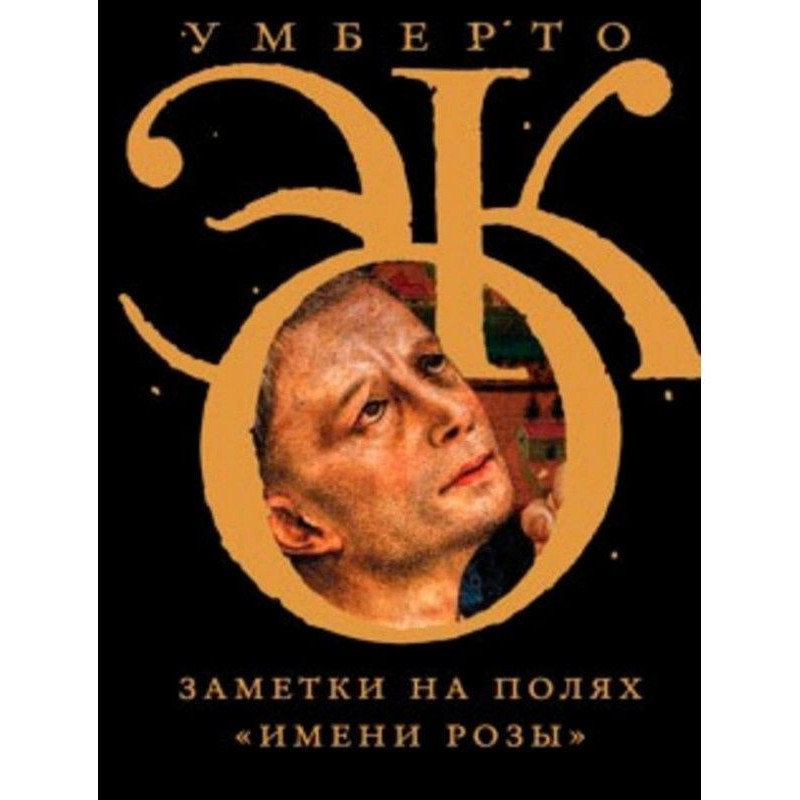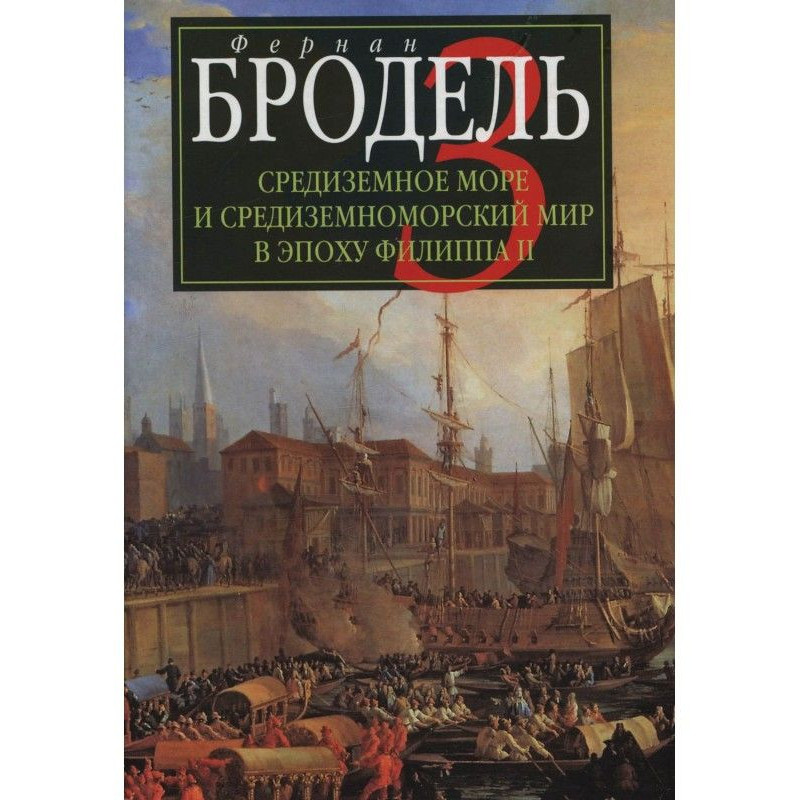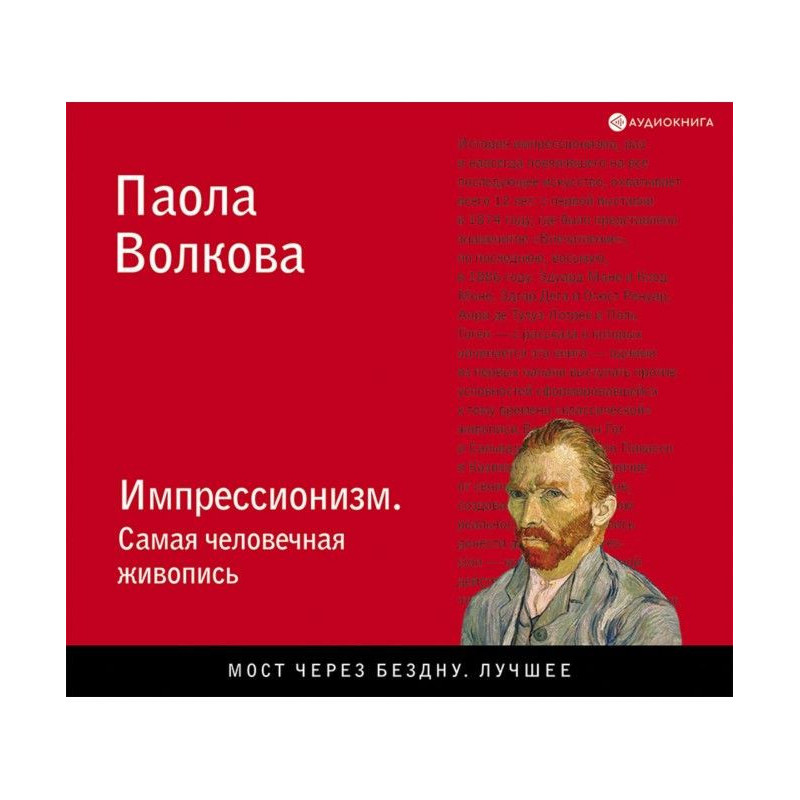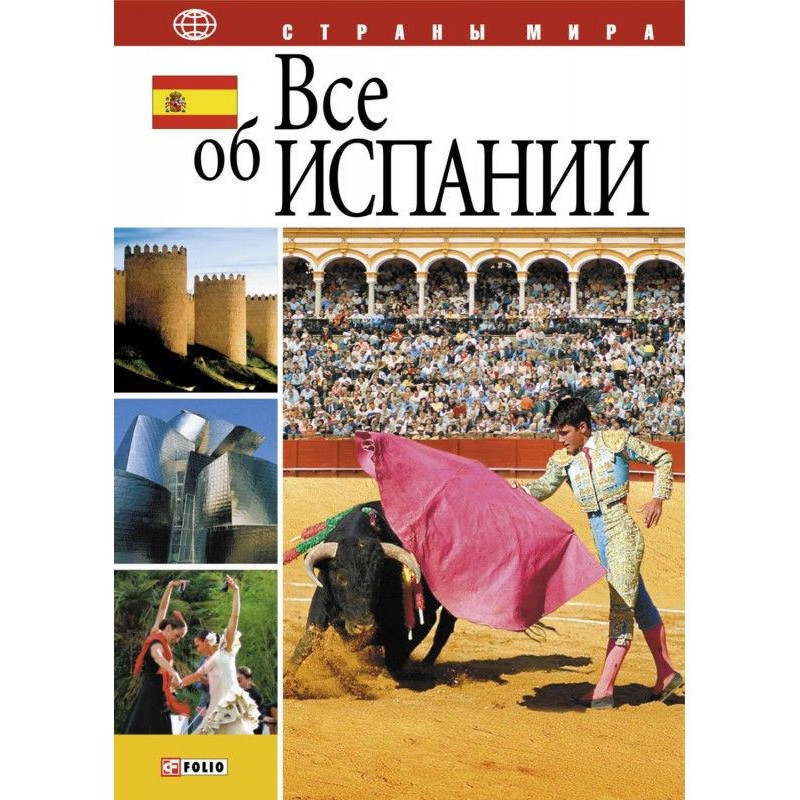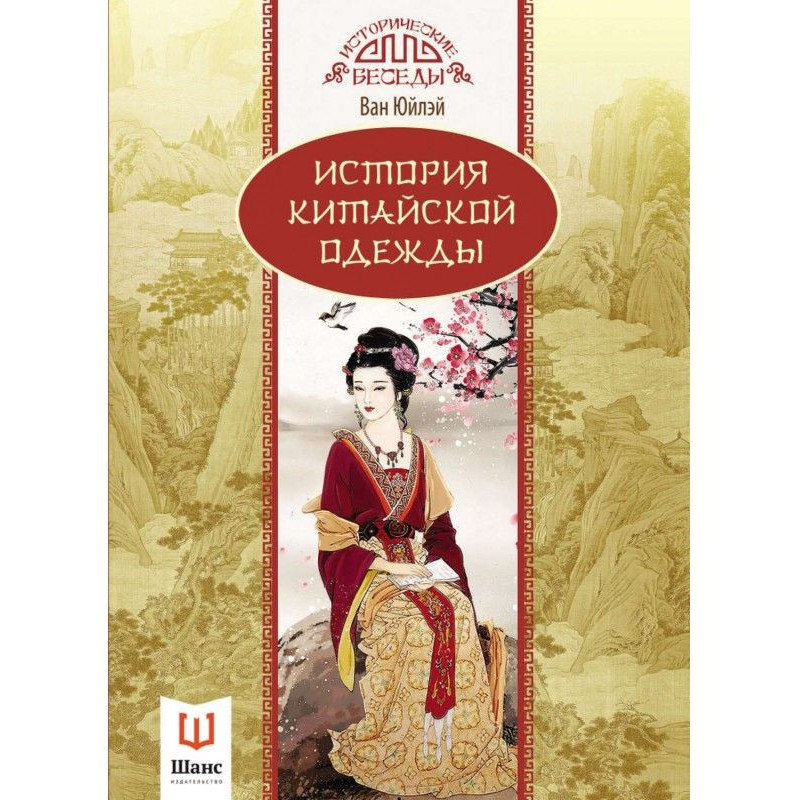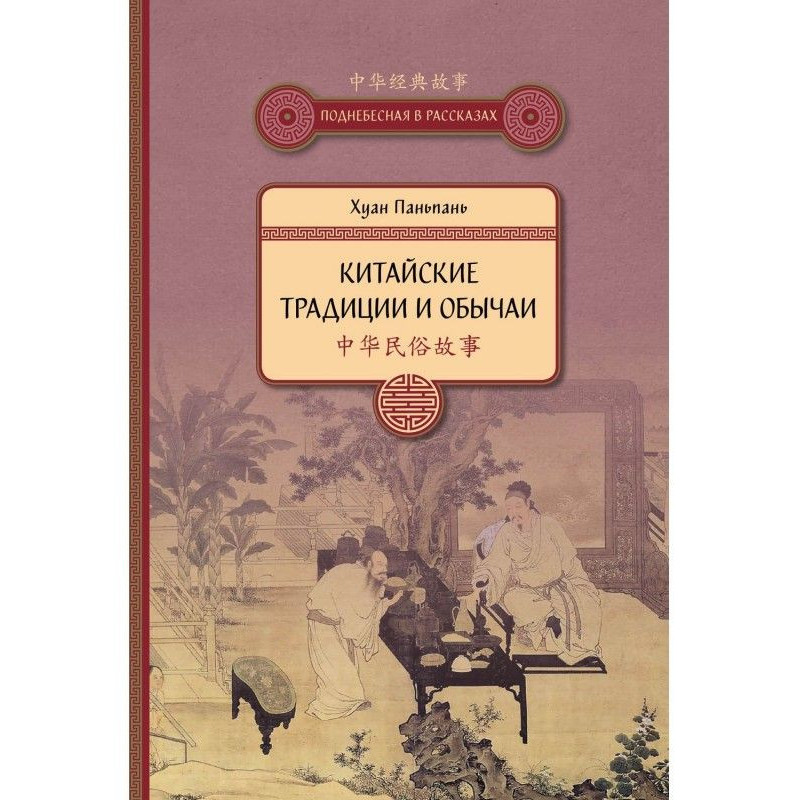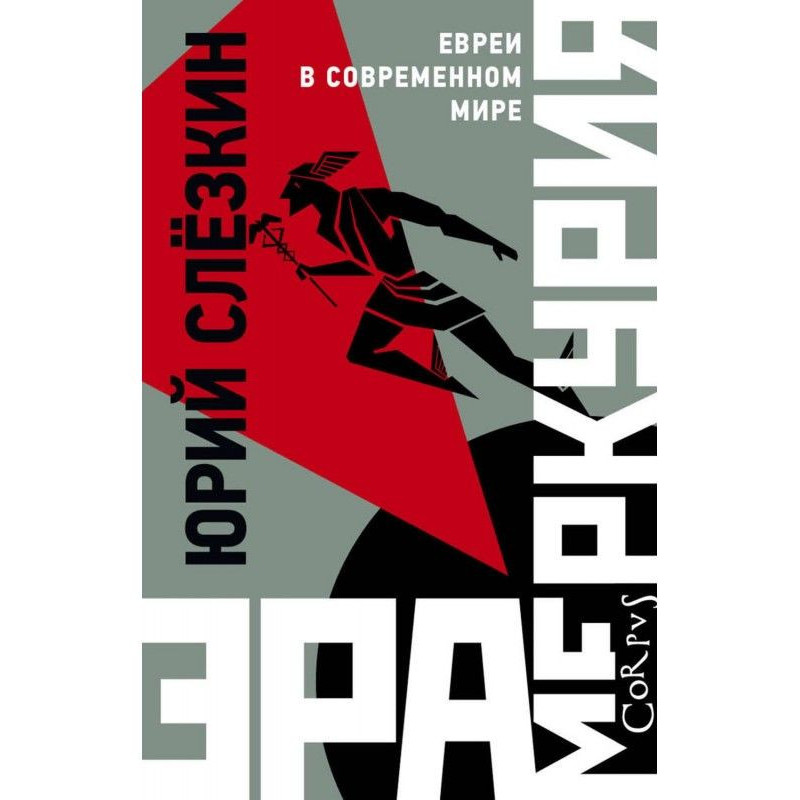This is not a pipe
 Instant download
Instant download
after payment (24/7)
 Wide range of formats
Wide range of formats
(for all gadgets)
 Full book
Full book
(including for Apple and Android)
Between 1962 and 1975, without interrupting his work in the archives, Foucault turned to the formulation of the basic theoretical and epistemological principles of the discipline, which later became known as the archeology of knowledge. In the short essay “This is not a pipe,” the method is coined and the paths of his thoughts intersect. In each work of this period, Foucault explores various kinds of historical transformations, which undergoes the sociocultural and aesthetic symbolism of vision ("look"). Foucault's commentary on Magritte's painting is just one of his many "pictorial" comments. How can one not recall his own description, almost endless, of Velázquez’s painting “Las Meninas” (the introductory text “Ladies of the Court” from the book “Words and Things. Archeology of the Humanities”) or the strange fate of his book about Manet? Foucault refuses to follow the phenomenological tradition , abolishes the concept of intentionality from his research and introduces the opposition to speak/see (dire/voir), which later became the basis of the conceptual framework of the “archeology of knowledge”
Data sheet
- Name of the Author
- Мишель Фуко
- Language
- Russian

